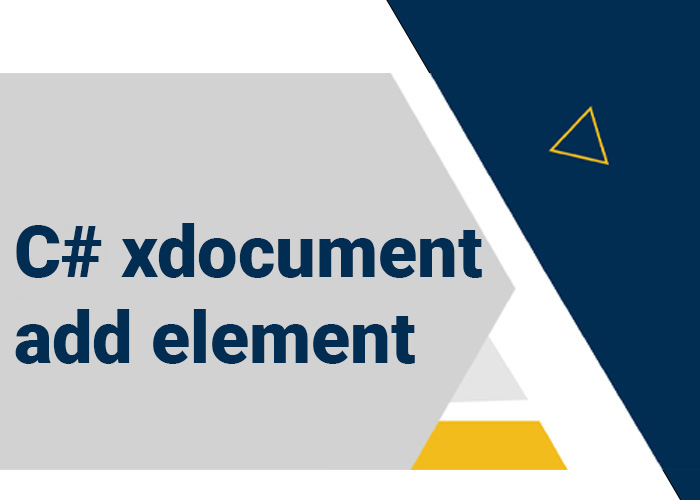Enabling Nullable Reference Types in C#
With the introduction of C# 8.0, Microsoft provided a powerful new feature called nullable reference types. This feature extends the concept of nullability that has long been a part of value types (like int?, double?, etc.) to reference types as well. By enabling nullable reference types, developers can more explicitly express whether a reference is expected to handle null values, leading to safer, more predictable code. This article explains how to enable nullable reference types in your C# projects and discusses the implications of doing so.
What are Nullable Reference Types?
Traditionally, all reference types in C# could hold null values, and there was no way to declare whether a variable should or should not expect a null value, which often led to null reference exceptions. Nullable reference types allow developers to specify whether a variable should be able to hold a null value. When the feature is enabled:
- Reference type declarations not explicitly marked as nullable are treated as non-nullable.
- Variables that are intended to hold null must be explicitly declared using the ? syntax.
Enabling Nullable Reference Types
Step 1: Set Up Your Environment
Ensure you are using C# 8.0 or higher, as nullable reference types were introduced in this version. Update your development environment to support the latest version of C# if necessary.
Step 2: Enable Nullable Context
Nullable reference types are a contextual feature that can be enabled at the project level or within individual code files.
Enabling at the Project Level
You can enable nullable reference types for an entire project by adding the <Nullable> element to your .csproj file:
<PropertyGroup>
<Nullable>enable</Nullable>
</PropertyGroup>
Enabling in a Single File
To enable nullable reference types in a specific file, use the #nullable directive:
#nullable enable
public class User
{
public string Name { get; set; } // Non-nullable reference type
public string? OptionalNickname { get; set; } // Nullable reference type
}
Working with Nullable Reference Types
Once enabled, you need to annotate your code to indicate which references are nullable and which are not.
Example: Non-nullable and Nullable References
public class Person
{
public string Name { get; set; } // Non-nullable by default
public string? Bio { get; set; } // Nullable, can contain null
}
public void ProcessPerson()
{
Person person = new Person { Name = "John Doe", Bio = null };
Console.WriteLine(person.Name.Length); // Safe, Name is non-nullable
Console.WriteLine(person.Bio.Length); // Warning or error, Bio might be null
}
In this example, accessing Name is safe and will not produce a warning because it is declared as non-nullable. However, trying to access Bio.Length directly will generate a compile-time warning or error, alerting you to the potential for a null reference exception.
Benefits of Enabling Nullable Reference Types
- Improved Code Safety: Significantly reduces the chances of null reference exceptions by making nullability explicit.
- Better Documentation: Serves as documentation for developers, indicating which variables are expected to handle null values.
- Easier Maintenance: Helps prevent bugs related to null handling during code maintenance and refactoring.
Conclusion
Enabling nullable reference types in C# enhances the type safety of your applications, helping you catch potential null reference errors at compile time rather than at runtime. By making nullability explicit, you not only make your codebase safer but also easier to understand and maintain. As you migrate existing projects to use this feature, consider the effort to annotate your codebase thoroughly, which can be substantial but is often worth the increased stability and reliability of your applications.





